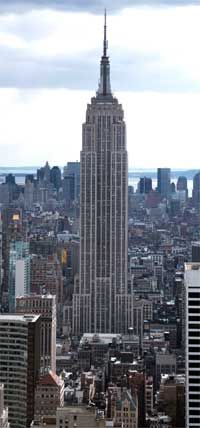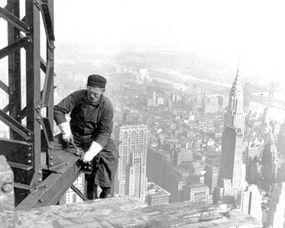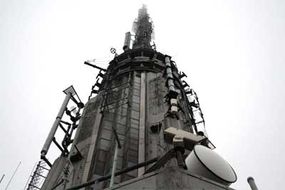The Empire State Building is an iconic office building known as "the Most Famous Skyscraper in the World." Construction began in 1930, and the grand opening was held on May 1, 1931. It was the world's tallest free-standing structure until 1967 and the world's tallest skyscraper for over 40 years. It was displaced in 1972 by the construction of the World Trade Center towers. While it stood as the tallest building in New York City again, following the World Trade Center tragedy, it is now surpassed by One World Trade Center.
The site of the Empire State Building was originally occupied by brownstone mansions owned by members of the illustrious Waldorf Astor family. Built in 1856 (the site was previously farmland), the houses were torn down to make way for hotels. The Waldorf Hotel was built first; not long after, a second hotel was built on the land. When they were joined, they created the legendary Waldorf Astoria Hotel.
Advertisement
The epitome of style at the time of its construction in 1897, it took only a few decades for the Waldorf Astoria Hotel to fall out of fashion. It was purchased for roughly $15 million in 1929 and scheduled for demolition in favor of an office building [Source: Tauranac]. Now, let's learn more about that famous commercial office space with the Art Deco style.


